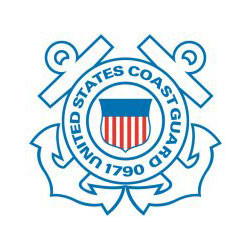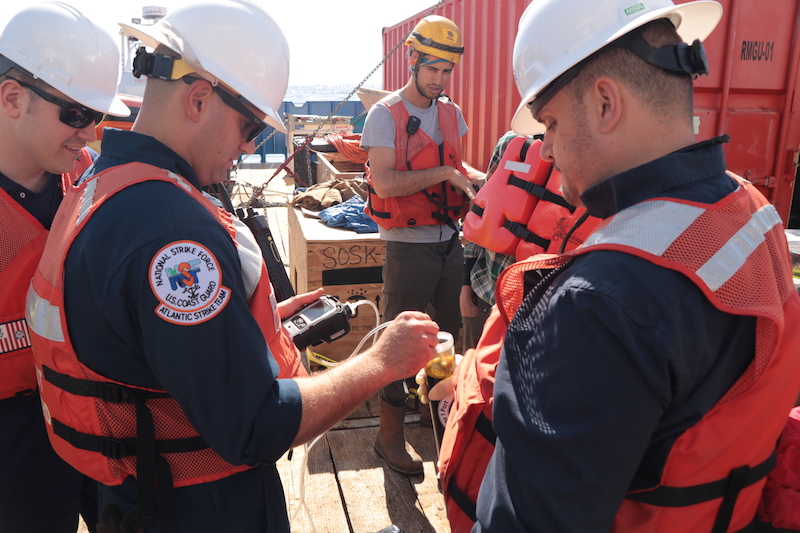The Coast Guard announced in the Federal Register that it is finalizing the policy harmonizing personal flotation device (PFD) standards between the U.S. and Canada by accepting a new standard for approval of PFDs. As a result, PFD manufacturers can meet a single North American standard instead of separate standards for the U.S. and Canada.
The standard is outlined in a policy letter with a supporting deregulatory savings analysis. This policy letter is intended to promote the Coast Guard’s maritime safety and stewardship missions. This policy does not affect existing PFD approvals and does not require any action on the part of boaters or mariners who have approved PFDs on board.
On Aug. 17, 2018, the Coast Guard published a Notice of Availability and Request for Comments (83 FR 41095) announcing that it was harmonizing PFD standards between the U.S. and Canada by accepting a new standard for approval of PFDs. The Coast Guard outlined the new standard in a draft policy letter with a supporting deregulatory savings analysis and made those documents available for public comment. The Coast Guard received input from six commenters.
Four commenters supported the efforts to harmonize the PFD standards with ISO 12402. One commenter also stated that they supported and appreciated the policy language stating that lifejackets already approved would remain in compliance with the new policy. Some commenters also suggested that the Coast Guard should broaden the categories of buoyancy to specifically allow Level 50 and youth inflatable PFDs in appropriate conditions.
One commenter stated that the Coast Guard should address potential confusion in the recreational boating community with regard to the new [policy] that “Adult devices that cannot meet the requirements of Level 70 with inherent buoyancy alone must be marked `Approval conditions state that this device must be worn to be counted as equipment required by vessels meeting Transport Canada or USCG regulations.' ” [1] As the Coast Guard accepts alternatives to the markings of inflatable PFDs, the commenter urged that consideration should also be given to adding markings that users need to test or inflate the devices regularly in order to be approved for use.
The Coast Guard estimates that the annual net cost savings to the U.S. industry is $660,965 in 2016 dollars using a 7% discount rate over a 10-year period of analysis. The Coast Guard estimates that the total discounted net cost savings to U.S. industry over a 10-year period of analysis to be between $4.6 million and $5.7 million at 7% and 3% discount rates, respectively.
Documents mentioned in this notice, and all public comments, are available in the online docket USCG-2018-0565 at http://www.regulations.gov, and can be viewed by following that website’s instructions.




